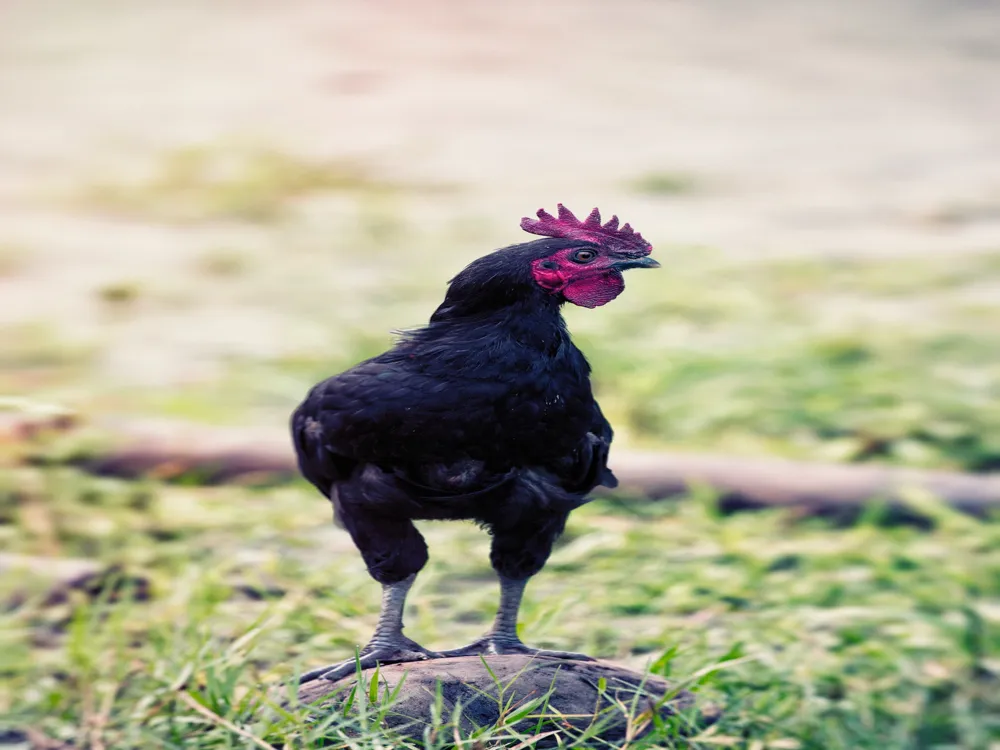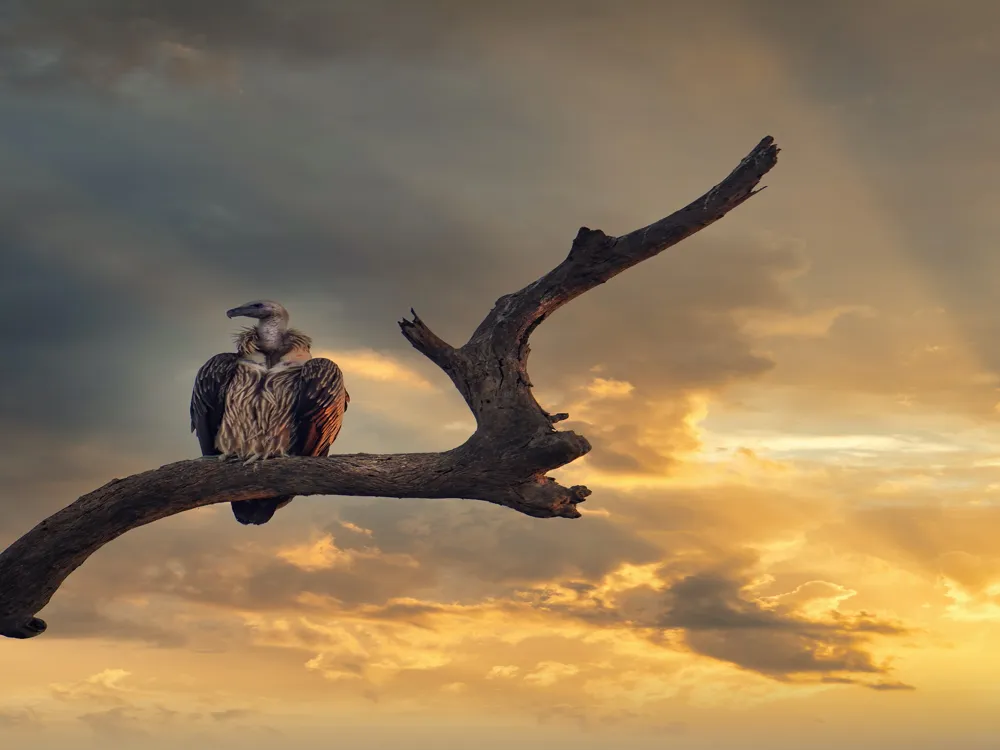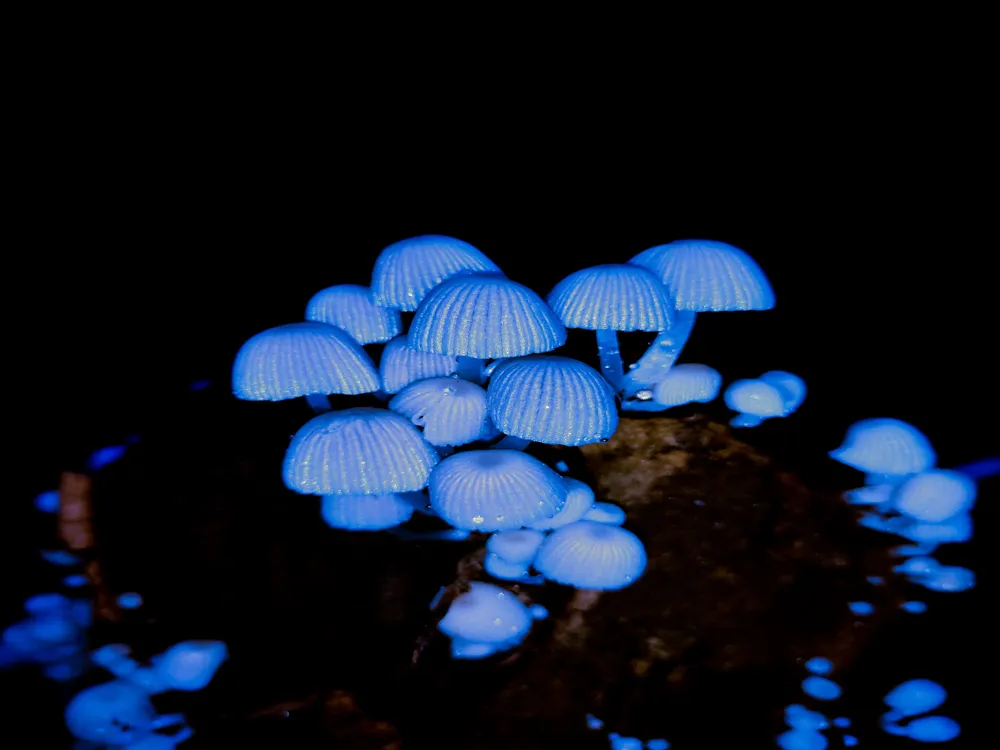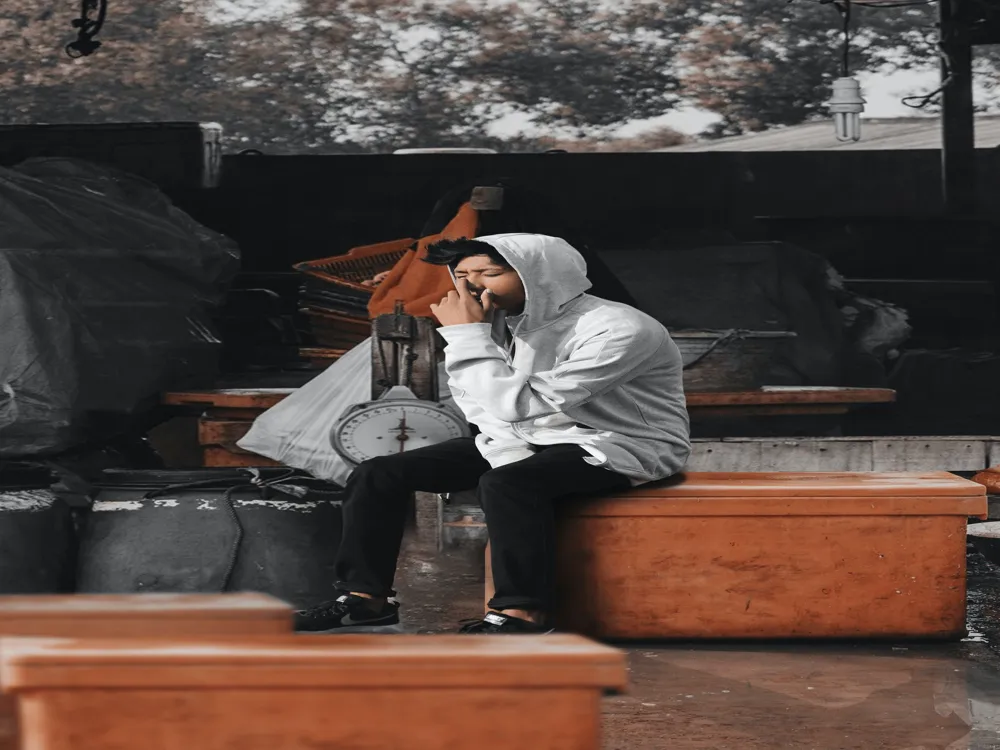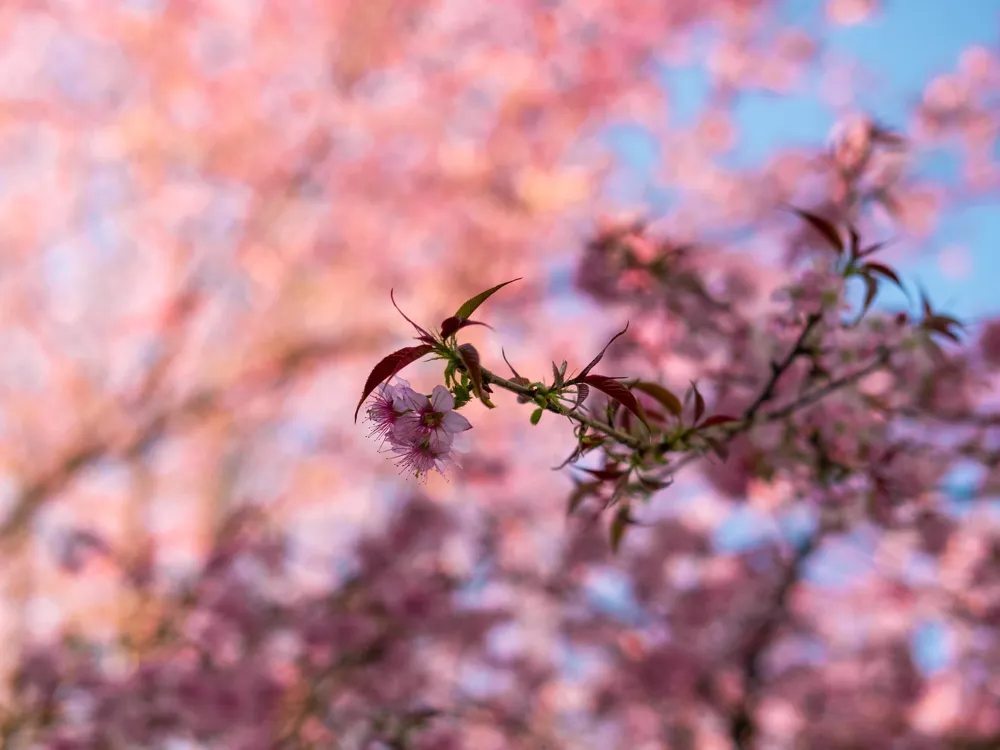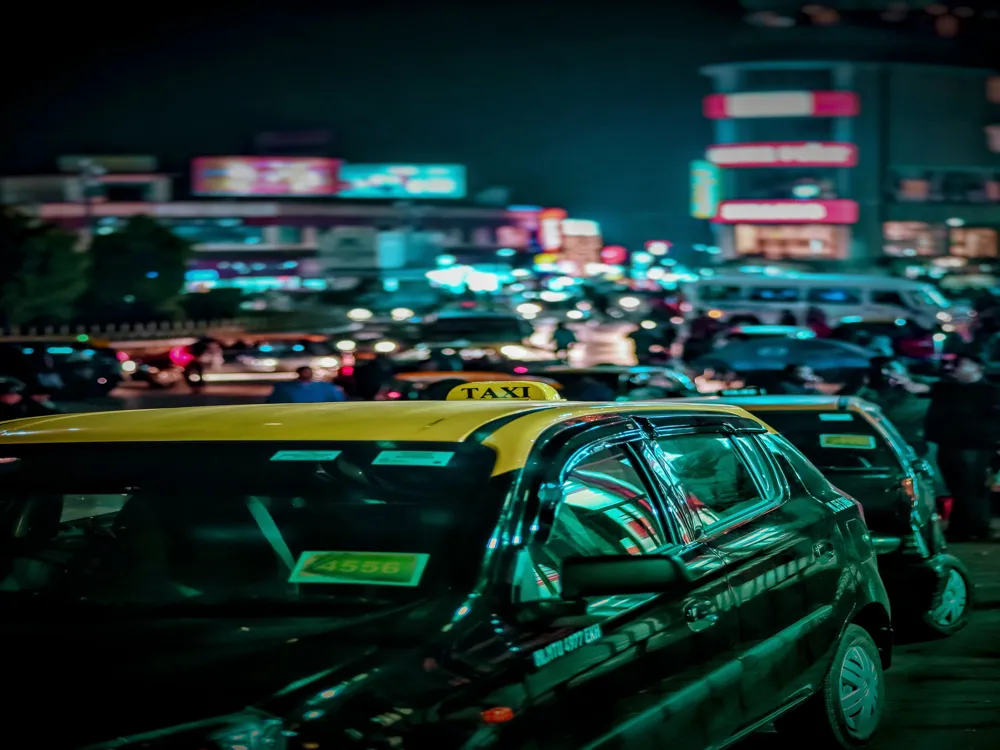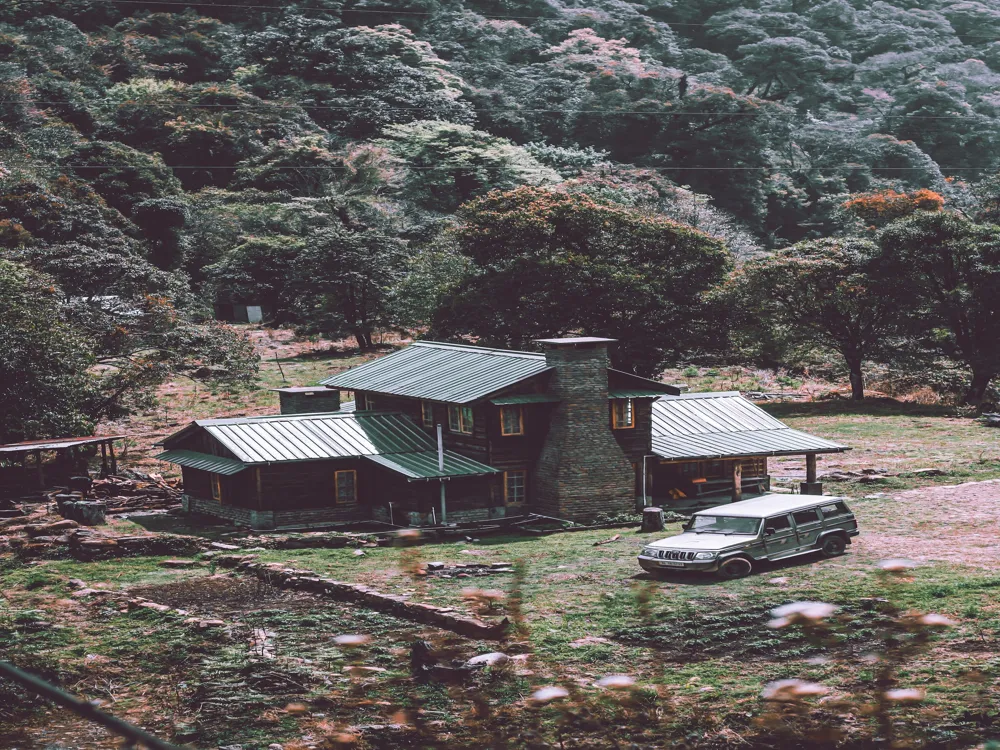Bangalpukhari, located in the heart of Jorhat in Assam, is not just a mere tank; it's a symbol of history and tradition. This ancient water reservoir, dating back to the Ahom Dynasty, has witnessed centuries of history. The name 'Bangalpukhari' is derived from two Assamese words: 'Bangal', referring to the Bengal region, and 'Pukhari', meaning pond or tank. It was constructed in 1739 by Badan Barphukan, an Ahom Governor, as a mark of revenge against the killing of his brother by the Moamoria rebels. Spanning across a significant area, Bangalpukhari has been an integral part of Jorhat's cultural and social life. It's not just a historical site but also a place of tranquility amidst the bustling city. Over the years, it has become a popular spot for locals and tourists alike, offering a glimpse into Assam's rich heritage and architectural marvels of the Ahom era. The historical significance of Bangalpukhari extends beyond its construction. It stands as a testament to the Ahom dynasty's architectural prowess and their sophisticated methods of water management. The tank was used for various purposes, including irrigation, fishing, and as a water source for the nearby areas. The legends associated with Bangalpukhari add a mystical charm, making it a fascinating destination for history enthusiasts and culture vultures. Several legends swirl around Bangalpukhari, adding to its mystique. One popular tale speaks of a curse bestowed upon the tank. It's said that anyone who uses the water from this tank for personal gain meets with misfortune. Whether myth or truth, these stories form an intrinsic part of the local folklore and add an intriguing layer to the visitor's experience. In recent years, there have been concerted efforts to preserve Bangalpukhari. The government and local organizations have initiated several projects to maintain its pristine condition and protect its historical significance. These efforts ensure that Bangalpukhari remains not just a relic of the past but a living part of Jorhat's cultural tapestry. The architecture of Bangalpukhari is a testament to the engineering skills of the Ahom Dynasty. The tank, rectangular in shape, showcases the typical Ahom architectural style, which is known for its simplicity and functionality. The construction technique used in Bangalpukhari was ahead of its time, focusing on durability and resilience. The walls of the tank are made of locally sourced materials, primarily bricks and a unique type of mortar. This construction has withstood the test of time, surviving natural calamities and the changing seasons of Assam. The steps leading to the water are another architectural feature, designed to provide easy access to the tank while also preventing soil erosion. The Ahom architects employed innovative methods in the construction of Bangalpukhari. They designed an advanced drainage system to prevent waterlogging and ensure the tank's longevity. The use of local materials not only made the construction sustainable but also blended seamlessly with the surrounding landscape. The design of Bangalpukhari is heavily influenced by traditional Ahom architecture, which is characterized by its minimalistic yet functional approach. This style reflects the dynasty's understanding of their environment and their ability to create structures in harmony with nature. When compared to other Ahom structures in Assam, Bangalpukhari stands out for its utilitarian design. Unlike the ornate temples and palaces, the tank is an example of pragmatic architecture, prioritizing utility over aesthetic extravagance. The ideal time to visit Bangalpukhari is between November and March when the weather in Assam is pleasant. During these months, the temperature is comfortable, and the scenic beauty of the area is at its peak. Visitors should respect the local customs and traditions. It's advisable to dress modestly and avoid littering the area. Engaging with locals and understanding their stories adds a richer dimension to the visit. For photography enthusiasts, early morning or late afternoon offers the best natural lighting. Capturing the reflection of the surrounding foliage in the tank's water can make for stunning photographs. Bangalpukhari is easily accessible from Jorhat city. Visitors can take local buses, hire taxis, or drive to the site. The nearest airport is Jorhat Airport, and the tank is approximately 20 minutes drive from the city center. For those using public transport, buses regularly ply to and from the area, making it a convenient option. Read MoreOverview of Bangalpukhari in Jorhat, Assam
The Significance of Bangalpukhari
Legends and Myths
Preservation Efforts
Architecture of Bangalpukhari
Architectural Innovations
Influence of Ahom Architecture
Comparative Study with Other Ahom Structures
Tips When Visiting Bangalpukhari
Best Time to Visit
Cultural Etiquette
Photography Tips
How To Reach Bangalpukhari
Bangalpukhari
Jorhat
Assam
₹ 6,000 onwards
View jorhat Packages
Weather :
Tags : Historical Site
Timings : 24 hours
Time Required : 1-2 hours
Entry Fee : Free
Planning a Trip? Ask Your Question
Jorhat Travel Packages
View All Packages For Jorhat
Top Hotel Collections for Jorhat

Private Pool

Luxury Hotels

5-Star Hotels

Pet Friendly
Top Hotels Near Jorhat
Other Top Ranking Places In Jorhat
View All Places To Visit In jorhat
View jorhat Packages
Weather :
Tags : Historical Site
Timings : 24 hours
Time Required : 1-2 hours
Entry Fee : Free
Planning a Trip? Ask Your Question
Jorhat Travel Packages
View All Packages For Jorhat
Top Hotel Collections for Jorhat

Private Pool

Luxury Hotels

5-Star Hotels

Pet Friendly












